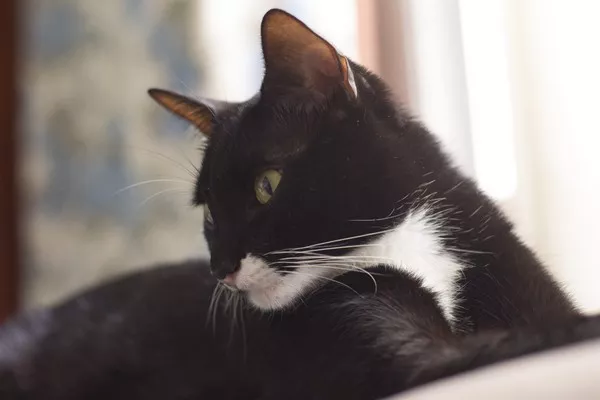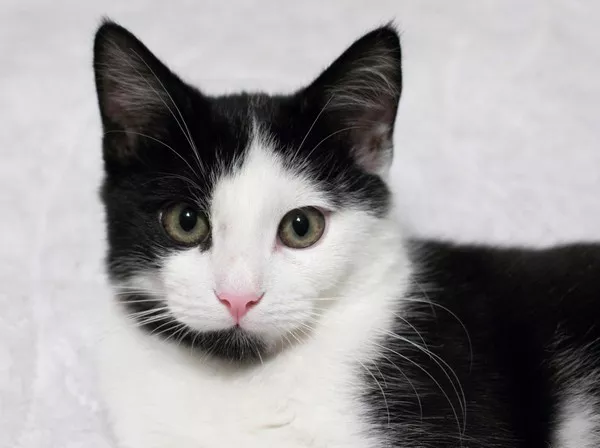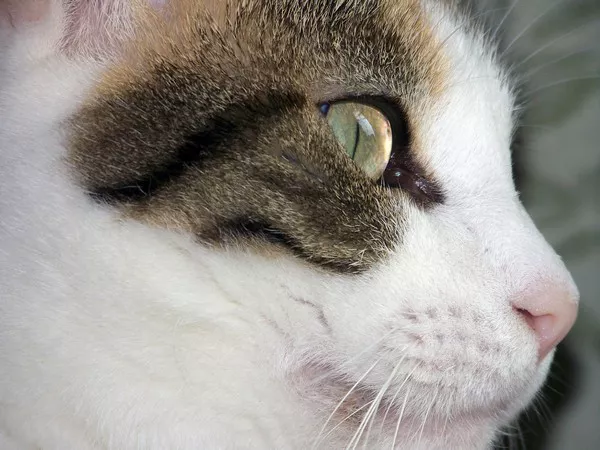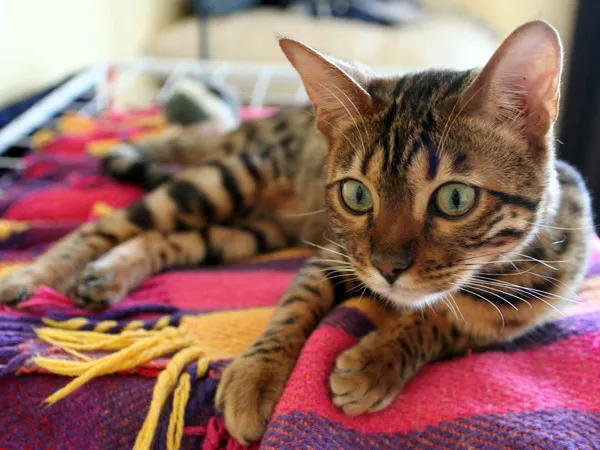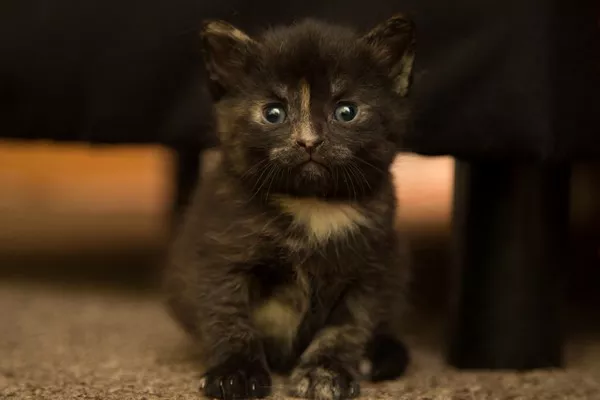In a recent study conducted by ethologist Péter Pongrácz from Eötvös Loránd University, researchers sought to understand whether domestic cats are aware of their own body size and dimensions when navigating tight spaces. The findings, published in iScience, offer new insights into the behaviors that allow cats to squeeze through narrow openings and contort into unusual shapes.
The research builds on anecdotal evidence that many cat owners are familiar with: the remarkable ability of house cats to slip through small gaps or nestle into tight, oddly shaped containers. These behaviors have even led some to humorously describe cats as “liquid,” capable of assuming almost any shape they desire.
Pongrácz’s curiosity centered on how cats process spatial information. Specifically, he wondered if cats consciously assess whether they can fit through an opening before attempting to pass through it. His original plan was to conduct a series of lab experiments, similar to those he’d previously performed with dogs. However, unlike their canine counterparts, the cats were less cooperative in a controlled lab setting.
Undeterred by the challenge, Pongrácz shifted his approach and recruited 30 cat owners who agreed to let him carry out the experiments in their homes. In these home-based trials, thick pieces of cardboard were placed in doorframes, fully blocking the doorway except for a hole through which the cat could pass. The openings varied in both height and width, and the cats were encouraged by their owners to come through the barriers.
The study yielded interesting results. Pongrácz observed that most cats would hesitate if the hole appeared too short to accommodate their height, but when it came to width, the hesitation vanished. Cats were willing to attempt passage through narrow gaps, often without second-guessing themselves.
Additionally, the study found that once a cat had decided to try squeezing through an opening, it rarely gave up, even if the effort required significant persistence. Cats would continue to wriggle and push their way through, showcasing their determination.
These findings suggest that while cats may have some awareness of their dimensions, their willingness to take on a challenge, particularly when it comes to narrow spaces, is notable. Pongrácz’s study adds to the growing body of research on feline behavior, offering a glimpse into how cats navigate the physical world around them.
Related Topics
What Are The Common Health Issues In Savannah Cats?







